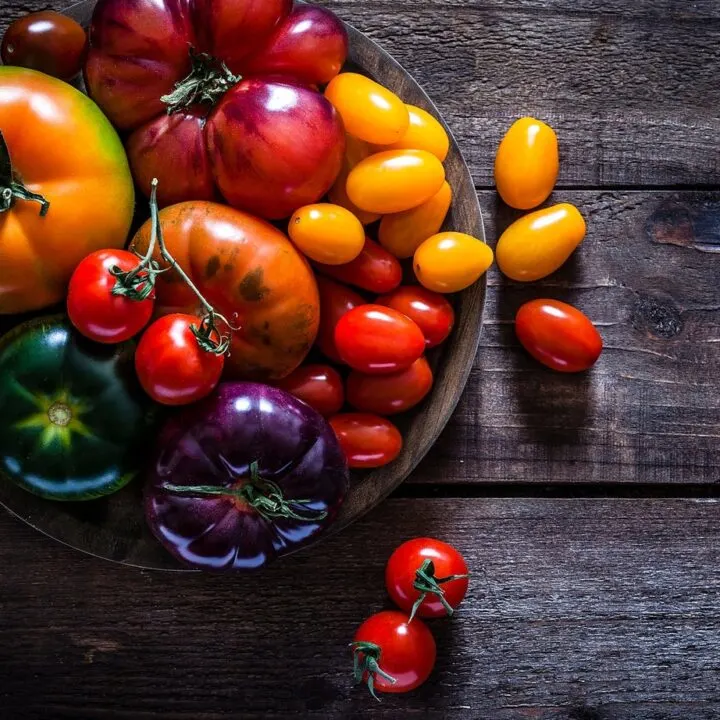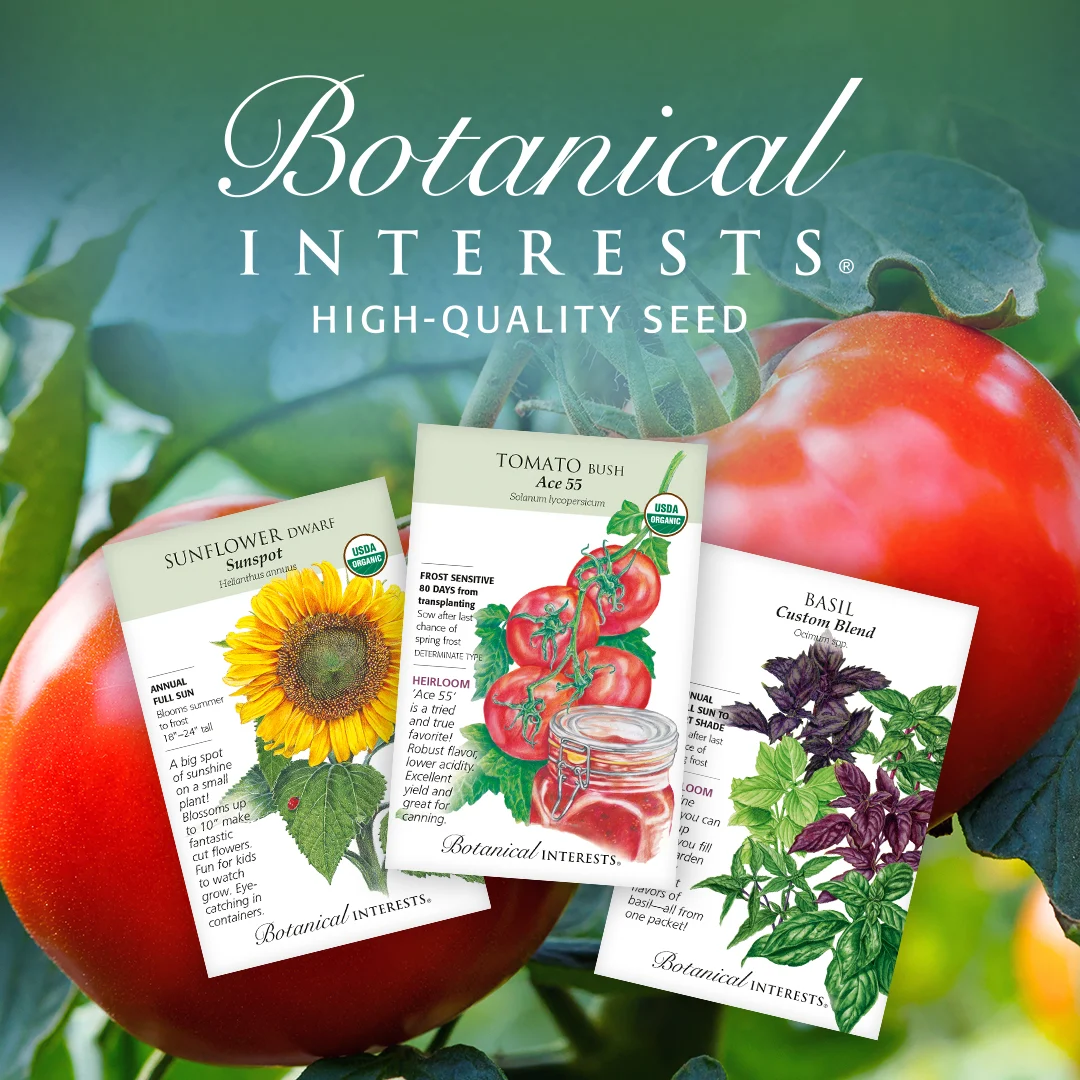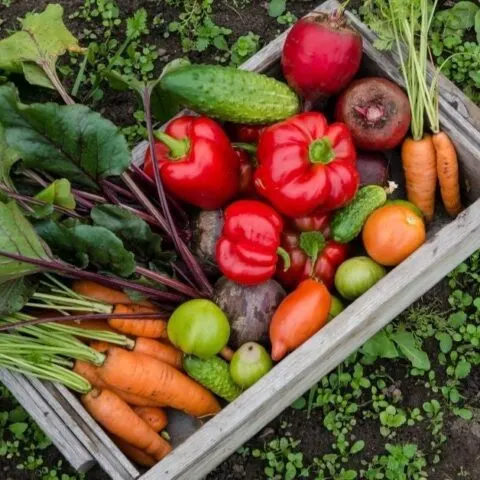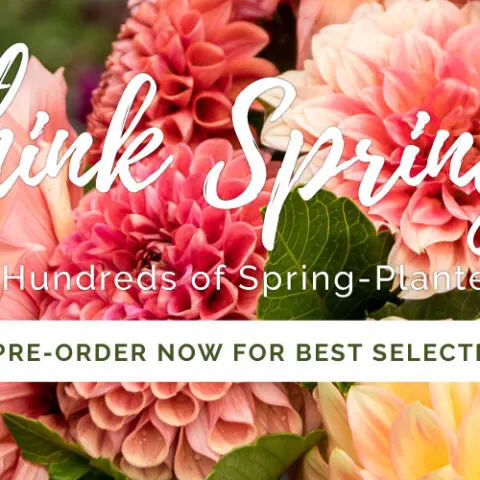I was chatting with a new gardener recently about growing vegetables from seed and she mentioned that she doesn’t really understand how to read a seed packet. The information on the seed packet confuses her and it’s just easier to buy transplants.
I felt the same way when I first started gardening and I’m sure there are others who feel a bit overwhelmed when they look at the back of a seed packet. So, I thought I’d break it all down for you.

I’m always amazed at how much information they can pack into such a small piece of paper, however, there is no way they can put all the information that is needed for every gardening climate. That’s why it’s important for you, the gardener, to keep your own notes.
If you need help knowing how many plants to start to feed your family, we have some worksheets to help you out. Just enter your email in the form below and the worksheets will be emailed to you.
Some seed packets will have more information than others but most will have the following…

- One the upper right hand side of the front there’s the price. That may or may not be important to you depending on how desperately you need the seeds.
- On the upper left hand side of the front there’s the weight of the seeds in the packet. Instead of the weight I really wish they would put about how many seeds are in the packet. That would be much more useful for determining how many packets you need to purchase.
- Type of plant and variety or cultivar. There are many varieties of each plant so keep notes on your family’s favorite varieties.
- How many days until you can expect your first harvest. This number is a bit confusing. You would think “days to harvest” would mean how long it takes from the day you put the seed in the ground to the day you pick your first vegetable. However, day one isn’t the day you put the seed in the ground. Day one is the day the plant has it’s first set of true leaves. So for this squash days to harvest is 63 days but it will take the seed 8-10 days to germinate and a couple of days to grow the true leaves. So instead of 63 days you are really looking at about 75 days before you’ll be enjoying your squash. This isn’t a huge deal if you have a long growing season, but if you’re growing season is short those extra 10-12 days can be a big deal.
- Short description of the variety. Some seed packets will just have a general description for the plant so every zucchini variety will have the same description. Ferry-Morse does a good job of giving a short description for the actual variety of of the plant. If the seed packet doesn’t have description for the specific variety you can always do an internet search for that variety to get specifics.
- Planting instructions. This area will give you general planting instructions. The instructions always include instructions for sowing (planting) the seeds directly in your garden, they will also often include instructions for when to start the seeds indoors and then transplant outside.
- This section is general harvesting instructions. Most seed companies will include a sentence or two about how to tell that the fruit or vegetable is ready to harvest.
- Most seed companies will have a little chart like this one that includes days to germinate, planting depth, days to harvest, and row/plant spacing.
- If you bought seeds in the US, there might be a little color coded map of the US on the back. This map is the USDA Plant Hardiness Map. To read the map, you match the color of your area to the color on the table and that will tell you the months you should be able to sow the seeds and expect a harvest. However, this is just a guide. The US is a big country with diverse climates and micro-climates and there is no way exact planting dates for each area can be listed on the back of a seed packet. There is more to your gardening climate than just knowing your gardening zone. I have a short climate ecourse that can help you truly understand YOUR gardening climate.
- This last area tells you what year the seeds are packed for and when to sell by. Now, seeds don’t expire so you don’t have to worry too much about this date. But their germination rate decreases the older they are so you don’t want to waste money buy purchasing last year’s seeds – unless they’re on clearance, of course.
And that’s how to read a seed packet. Remember, the information on the seed packet is just a starting place. If you truly desire to have a productive garden you’ll need to try new things, observe, and takes notes. You can just a plain spiral notebook for your notes or if you need something to help you organize your notes and thoughts The Gardening Notebook will do just that.
Where to Buy Seed Packets
Where to Buy Seed Packets
This is a list of my favorite online seed companies. You can also get seeds from gardening friends, local garden centers and feed stores, and you can save seeds from one year for the next.
MIgardener
Migardener is a small family owned seed company that specializes in heirloom seeds. Most of their seed packets are just $2 with free shipping on orders over $12.
Heirloom Seeds for your Garden
Seeds for Generations is another small family owned business. They have a good variety of seeds at reasonable prices. One fun thing is that their children help in the store and you'll often receive a packet with handwriting from one of their younger children who inspected the sees and packet. So fun.
High Mowing Seeds
One of the things I love about High Mowing seeds is that they not only sell small seed packets but they also sell seeds in quantity which is great for growing for markets.
Botanical Interest Seeds
Botanical Interest probably has the pretties seed packets on the market. But they aren't just a pretty face, their seeds are reasonably priced and they have large variety of seeds and growing information on their site.
True Leaf Market Seed Company | Buy Non-GMO, Heirloom, Organic Seeds
True Leaf Market has an incredible selection of seed packets that are reasonably priced. I especially appreciate their indoor gardening information and seeds.
Heirloom Seeds | Non Gmo Vegetable, Herbs & Flower Seeds
Eden Brothers seeds have a huge variety of flower seed packets (along with vegetables). They also sell in bulk which is great for market gardening.
Storing and Germinating Seeds
When stored properly, most seeds remain viable for several years. Here are some ideas for organizing and storing seeds.
To determine if old seeds are viable you can do a seed germination test.







